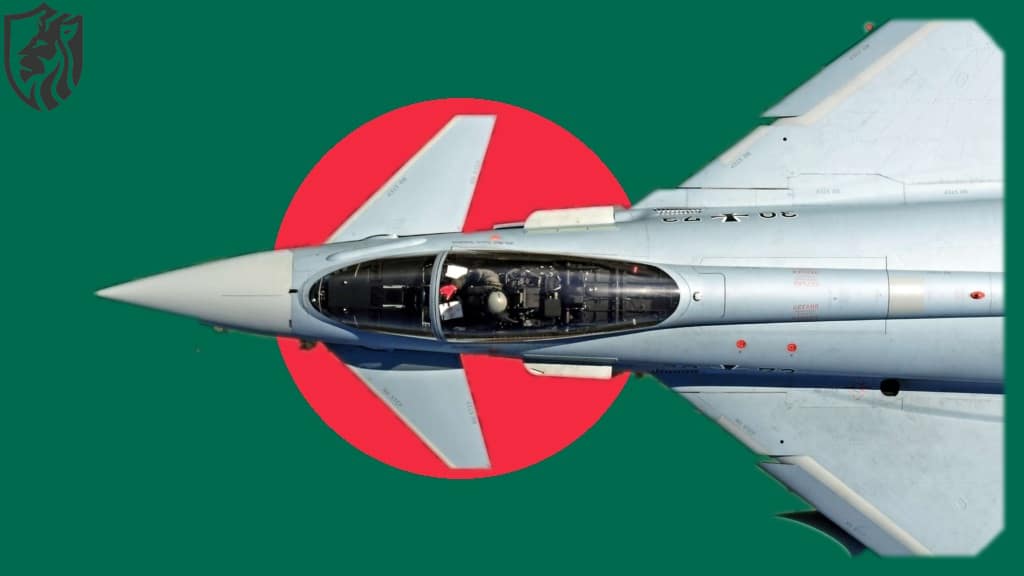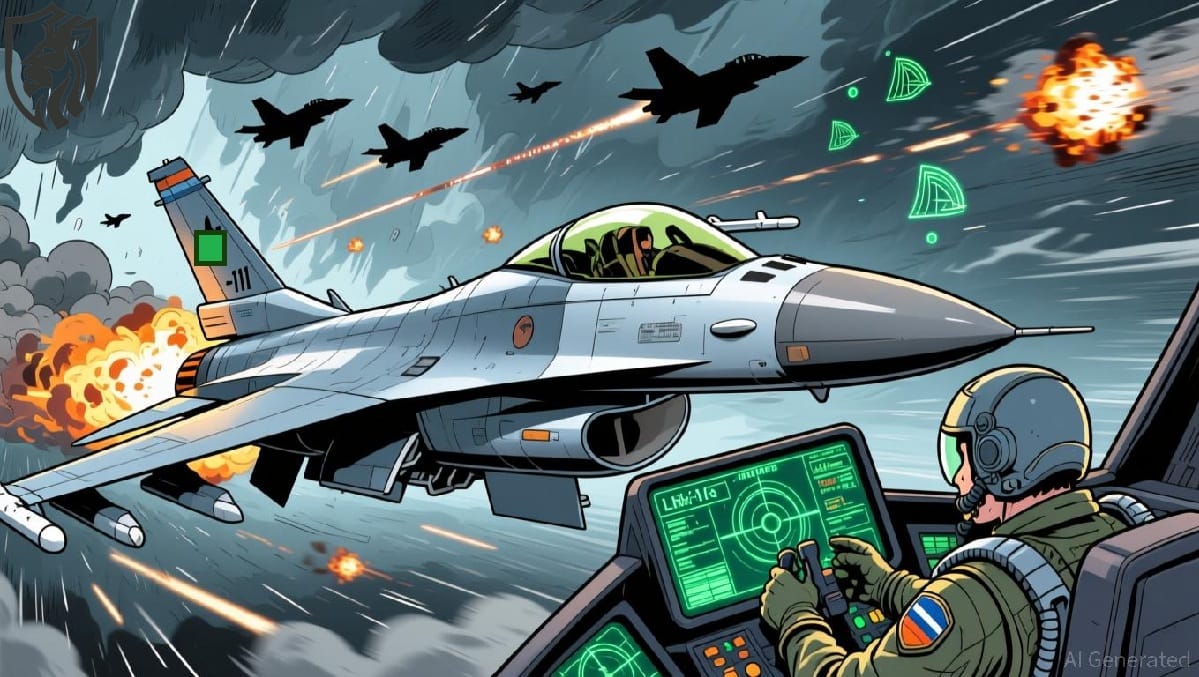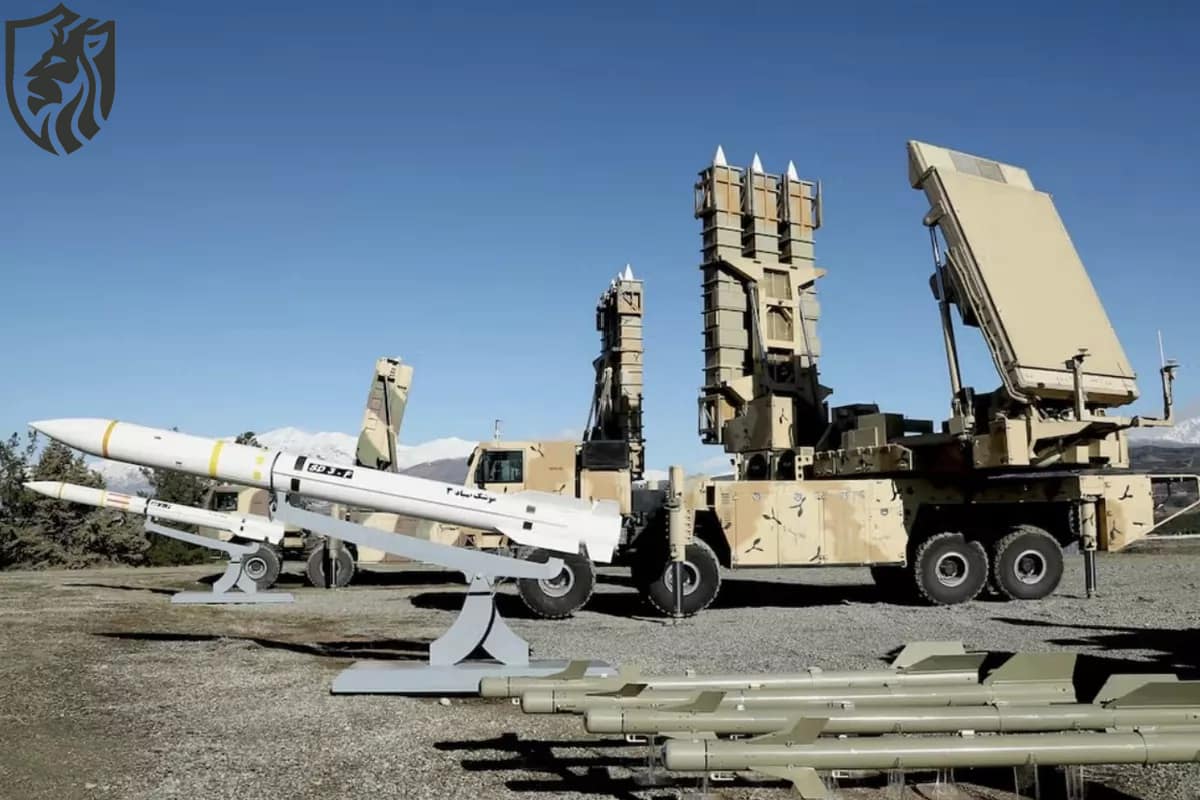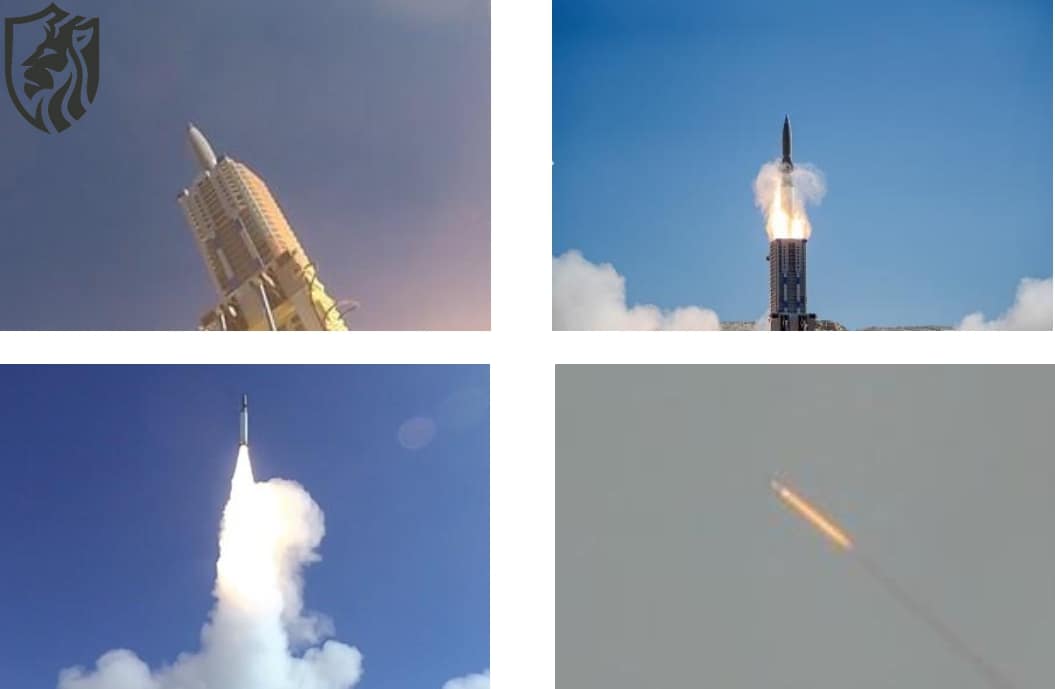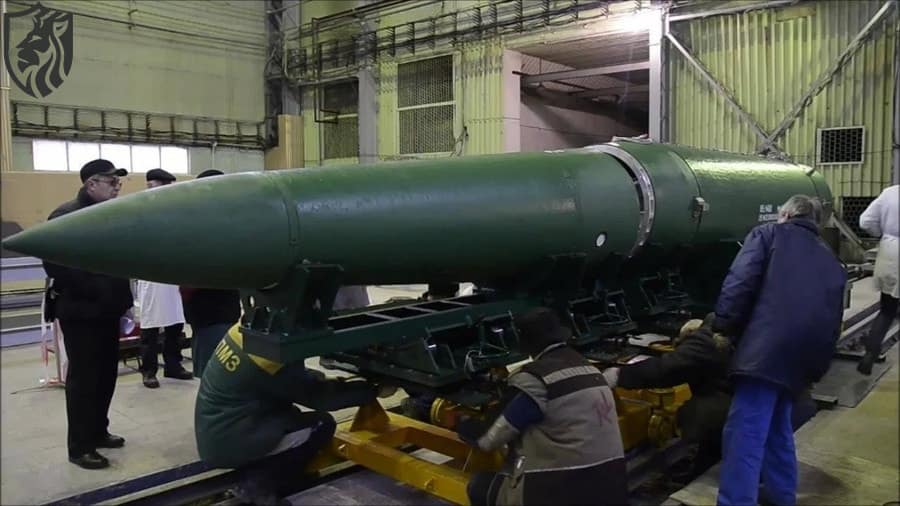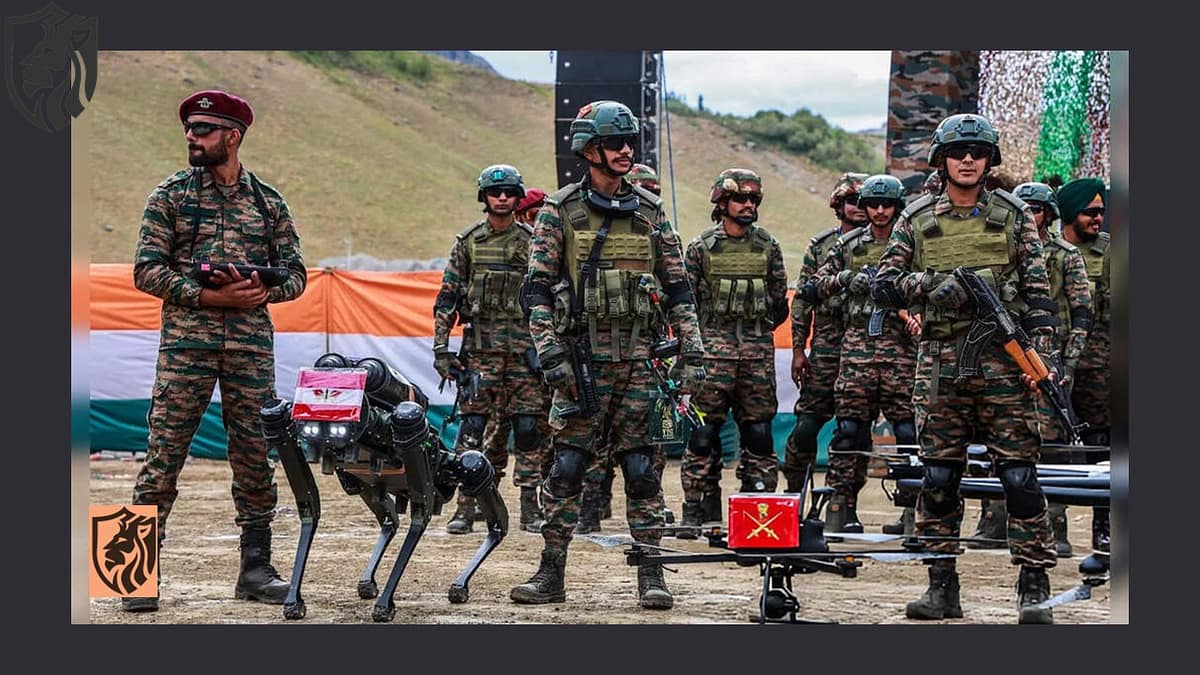
Bhairav Battalions — Tech-led Border Readiness, Indian Army
What the Bhairav concept delivers
The Indian Army‘s Bhairav Battalions showcase a lean, high-impact model for border combat. Each unit fields 200–250 specialists, not 800-strong infantry. Therefore, commanders gain speed, stealth, and lower logistics demand at the LAC and LoC. The Indian Army Bhairav Battalions’ approach blends infantry stamina with Special Forces agility for decisive effects.
Origins, structure, and purpose
Launched on 26 July 2025 during Kargil Vijay Diwas, the formation reflects a sharper readiness posture. General Upendra Dwivedi framed them as a lethal force able to generate surprise. Moreover, the Bhairav Battalions of the Indian Army combine infantry, signals, artillery, and air defence skills under a single umbrella. The aim is strategic disruption, not attrition.
Manpower and training pipeline
Five battalions are active, with full readiness targeted within weeks of raising. Recruits train for two to three months at regimental centres. They then rotate through Para-SF instructors for deep strike, infiltration, and mountain warfare. Consequently, Indian Army Bhairav Battalions learn rapid insertion, night movement, and autonomy at altitude.
Tools and tactics: drones first
Official images show live-fire drills in the Himalayas. Teams conduct drone-assisted strikes, loitering-munition launches, and cliff-side infiltrations under persistent ISR. Night-vision mounts and camouflage patterns support low-signature movement. Because sensors drive effects, Indian Army Bhairav Battalions prioritise target custody, crisp fire orders, and ruthless time-on-target.

Loitering munitions and heliborne inserts
Units practice quick helilifts and high-angle approaches to avoid predictable routes. They also employ loitering munitions from elevated points to prosecute fleeting targets. In turn, command posts demand short kill chains and minimal resupply. Thus, Indian Army Bhairav Battalions hold contact for long enough to strike, then fade.
Force design and cost control
By 2030, the Army plans up to 23 battalions via restructuring, not mass recruitment. This approach spreads capability without expanding the payroll. Simultaneously, ‘Ashni’ drone platoons and ‘Rudra’ all-arms brigades support integrated manoeuvres. Therefore, Indian Army Bhairav Battalions sit inside a wider, networked order of battle.
Why it matters on the frontier
Terrain and weather shape every decision. High altitude compresses reaction time and logistics. However, smaller, tech-heavy units reduce footprint and increase tempo. Because autonomy and dispersed sensors matter, Indian Army Bhairav Battalions align well with contested electromagnetic and drone-dense environments.
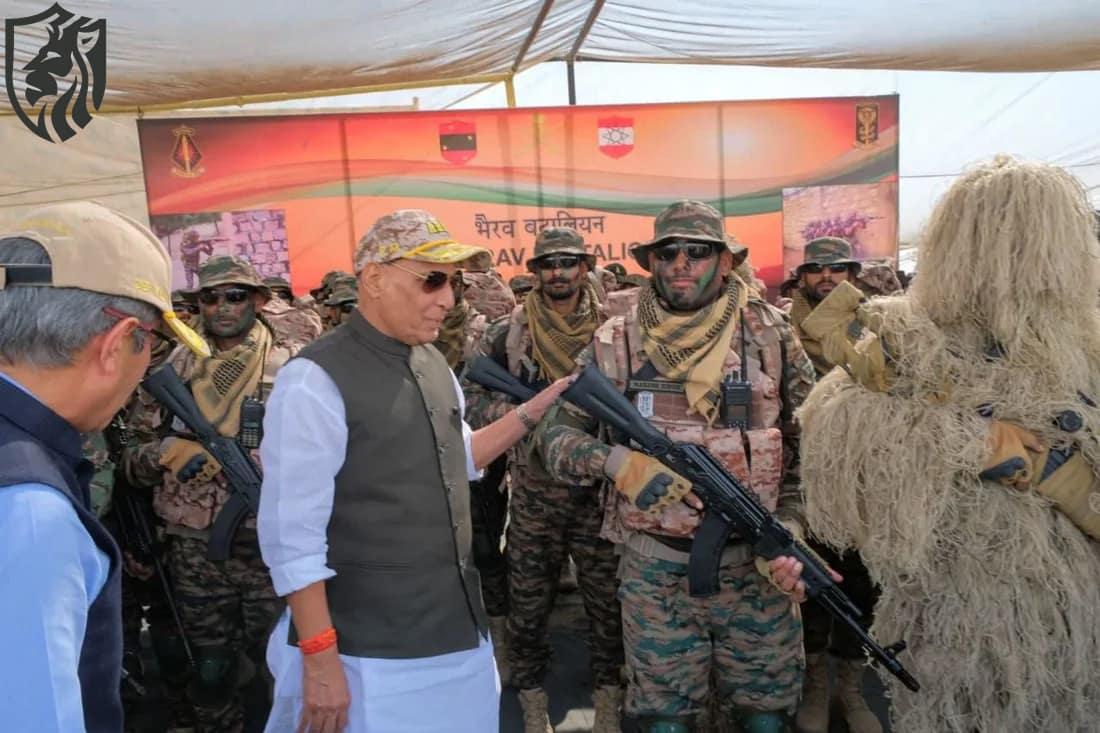
Expert take and strategic signalling
Veteran commanders argue that such formations widen options short of war. These formations can apply pressure, conduct probing actions, and impose punishment without relying on heavy units. Moreover, the public release of imagery signals resolve and a modern doctrine. As a result, Indian Army Bhairav Battalions operate as capability and message, not just manpower.
What to watch next
Expect tighter sensor-to-shooter links, counter-drone suites, and more robust night capability. Also watch for winter-weather mobility kits and mountain aviation support. If the timelines remain consistent, the strategy will intensify until 2030. Consequently, Indian Army Bhairav Battalions could become the inspiration for India’s high-altitude deterrence.



